The player in Temple of Apshai assumes the role of an adventurer who explores the mysterious ruins of the Temple of Apshai. This player character investigates room after room of this dungeon setting while seeking treasure and combatting monsters. Along the way, the player discovers powerful weapons and armor with which to overcome the Temple’s inhabitants. The game consists of four dungeons with over 200 rooms in total and features 30 monster types.[5]
Temple of Apshai consists of two programs; the Innkeeper and the Dunjonmaster. The game starts with the Inkeeper and the choice to either generate a new character or input an existing one.[6] The game uses six base values taken from Dungeons & Dragons[7] Early tape versions of the game had no means to save progress, and thus the player was prompted to note down all statistics when quitting the game, and had to type them in again manually at the start of the next game.[1][8] Later floppy versions fixed this by allowing to save the status on the disk.[9] Weapons and armor are purchased in a shop, where it is possible to haggle with the shopkeeper for a discount. Character stats determine which items can be worn.[8] Finally, the player chooses between four dungeons of increasing difficulty to enter the Dunjonmaster part.[6]
In the Dunjonmaster program, the screen is divided into a birds-eye view representation of the surroundings and a status summary for the character. Traps, treasures and secret doors are hidden inside the dungeons.[8] Temple of Apshai uses a hybrid between a turn-based and a real time combat system. A player’s turn can be used to walk up to 9 steps in the direction the character is facing, turning towards either direction, trying to talk the monster out of the fight, or executing a number of different attacks. A bow and arrows can be used to attack enemies from afar. If the player doesn’t make any input for a while, the enemies continue to move and attack in set intervalls regardless.[8] All actions decrease the player character’s fatigue rating, depending on stats and carrying weight. When this value sinks below zero, the character cannot act anymore before resting.[10] The player gains experience points while adventuring, which raise a number of hidden statistics.[11]
Temple of Apshai was the first computer role-playing game with room descriptions.[1] Detailed descriptions of all the rooms in the game’s manual complement the sparse graphics and provide vital information. Pen-and-paper games like Dungeons & Dragons frequently make use of verbal depictions given by dungeon masters to suggest to players what is of interest in a setting. Similarly, in Temple of Apshai the player matches an on-screen room number to its entry in the manual that accompanies the game. One sample entry reads: “The aroma of vanilla makes the senses reel and the floor of the room is covered with the shiny stuff previously observed. Bones lie scattered across the floor and the clicking sound grows fainter from within. Gems stud the south wall.”[12] A vanilla scent is used in the game to suggests the presence of Antmen, the dominant monster type in the temple.[13]
When beaten by a monster, the player character may be rescued by one of several non-player characters. Depending on the rescuer, a portion of the player’s inventory is taken away as payment.[9]
The game has no particular goal other than fighting monsters, collecting treasure[1] and gaining experience points.[8]
Specification: Temple of Apshai Trilogy
|
User Reviews
Be the first to review “Temple of Apshai Trilogy” Cancel reply
- Show all platforms
- 3DO
- Acorn Archimedes
- Acorn Atom
- Acorn Electron
- Action Max
- Amiga
- Amiga CD32
- Amstrad CPC
- Amstrad GX4000
- Android
- APF MP-1000
- Apple II
- Apple Pippin
- Arcade
- Atari 2600
- Atari 5200
- Atari 7800
- Atari 800
- Atari Jaguar
- Atari Jaguar CD
- Atari Lynx
- Atari ST
- Atari XE
- Bally Astrocade
- Bandai TV Jack 5000
- BBC Bridge Companion
- BBC Micro
- Casio Loopy
- Casio PV-1000
- Coleco Telstar Arcade
- Colecovision
- Commodore 128
- Commodore 16
- Commodore 64
- Commodore PET
- Commodore Plus/4
- Commodore VIC-20
- Didj
- Dragon 32/64
- Emerson Arcadia 2001
- Entex Adventure Vision
- Entex Select-a-Game
- Epoch Cassette Vision
- Epoch Super Cassette Vision
- Evercade
- Fairchild Channel F
- Famicom Disk System
- FM Towns Marty
- Fujitsu FM-7
- Gamate
- Game & Watch
- Game Wave
- Game.com
- Gizmondo
- GP32
- Handheld Electronic Games (LCD)
- HyperScan
- Intellivision
- Interton VC 4000
- iOS
- J2ME (Java Platform, Micro Edition)
- Jupiter Ace
- Mac OS
- Magnavox Odyssey 1
- Magnavox Odyssey 2
- Mattel Aquarius
- Mega Duck
- Microsoft Xbox
- Microsoft Xbox 360
- Microsoft Xbox One
- Microsoft Xbox Series X
- Milton Bradley Microvision
- MSX
- N-Gage
- Neo Geo
- Neo Geo CD
- Neo Geo Pocket
- Neo Geo Pocket Color
- Nintendo 3DS
- Nintendo 64
- Nintendo DS
- Nintendo Entertainment System (NES)
- Nintendo Game Boy
- Nintendo Game Boy Advance
- Nintendo Game Boy Color
- Nintendo GameCube
- Nintendo Pokémon Mini
- Nintendo Switch
- Nintendo Switch 2
- Nintendo Virtual Boy
- Nintendo Wii
- Nintendo Wii U
- Nuon
- Oculus Quest
- Oric-1
- Ouya
- Palmtex Super Micro
- PC-88
- PC-98
- PC-FX
- Philips CD-i
- Philips Tele-Spiel ES-2201
- Pioneer LaserActive
- Playdate
- Playdia
- R-Zone
- RCA Studio II
- SAM Coupé
- Sega 32X
- Sega CD
- Sega Dreamcast
- Sega Game Gear
- Sega Genesis
- Sega Master System
- Sega Mega Drive
- Sega Pico
- Sega Saturn
- SEGA SG-1000
- Sharp X1
- Sharp X68000
- SHG Black Point
- Sinclair QL
- Sinclair ZX Spectrum
- Sinclair ZX81
- Sony Playstation
- Sony Playstation 2
- Sony Playstation 3
- Sony Playstation 4
- Sony Playstation 5
- Sony Playstation Portable
- Sony Playstation Vita
- Stadia
- Super Nintendo (SNES)
- Tandy Visual Interactive System
- Tapwave Zodiac
- Texas Instruments TI-99/4A
- Tomy Tutor
- TRS-80 Color Computer
- TurboGrafx 16
- TurboGrafx CD
- V.Smile
- Vectrex
- VTech CreatiVision
- VTech Socrates
- Watara Supervision
- WonderSwan
- WonderSwan Color
- Xavix Port
- Show all platforms
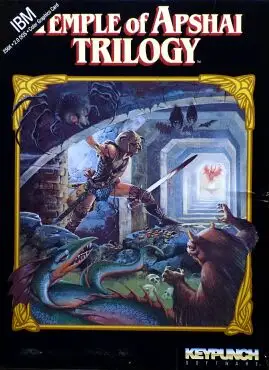
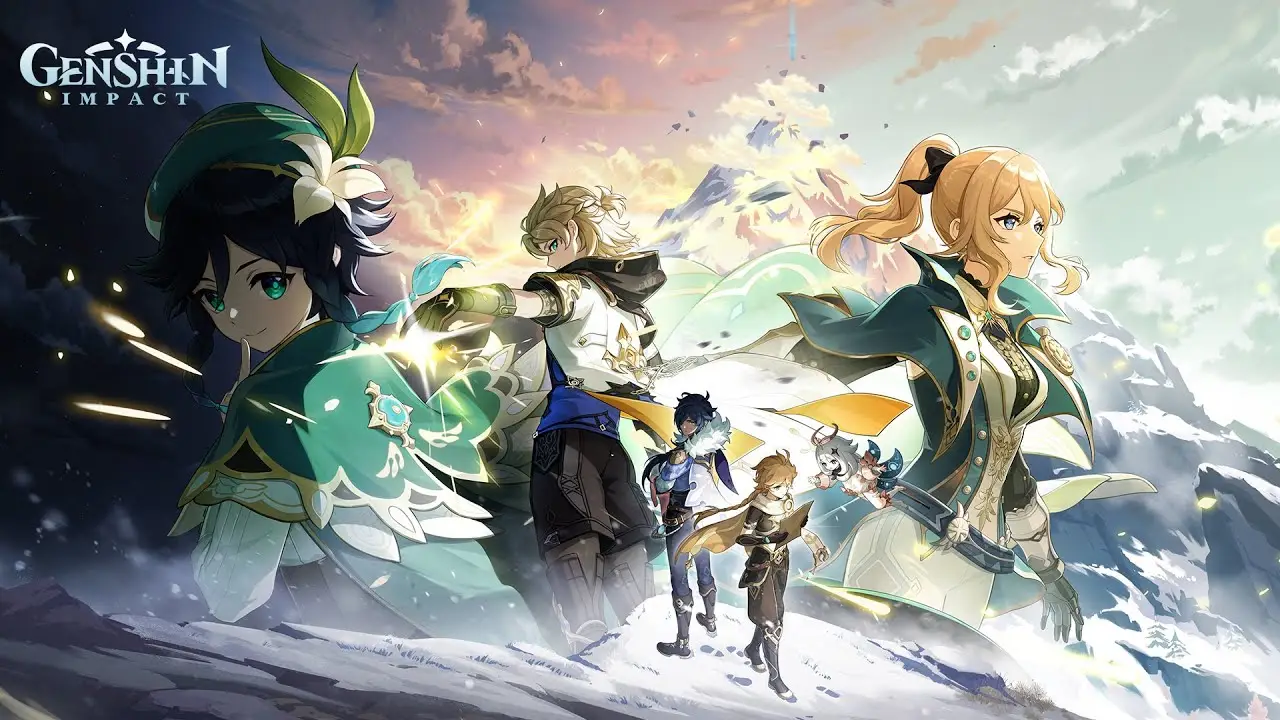
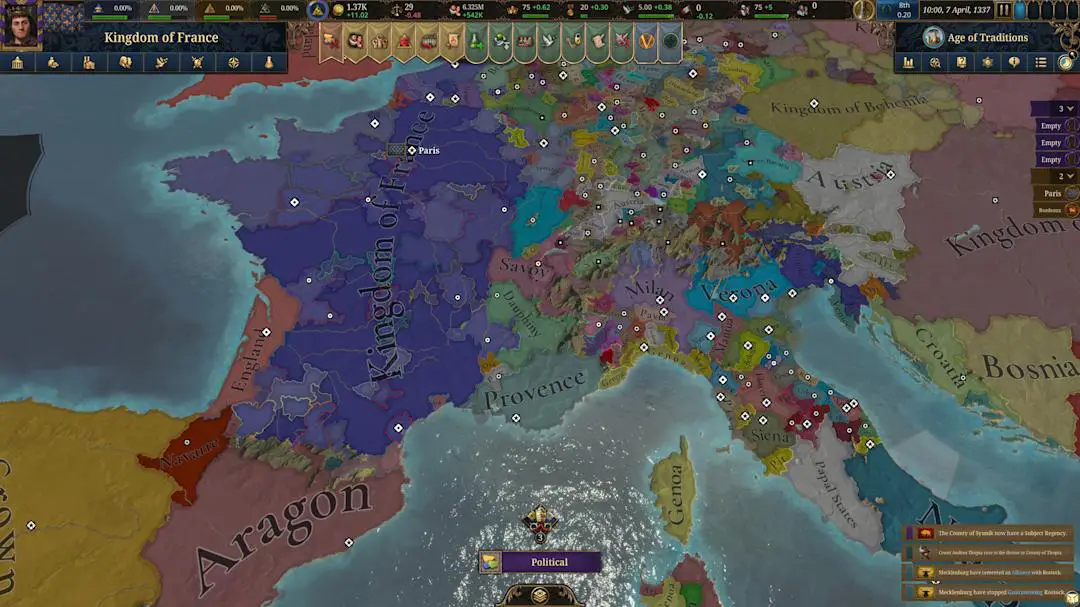

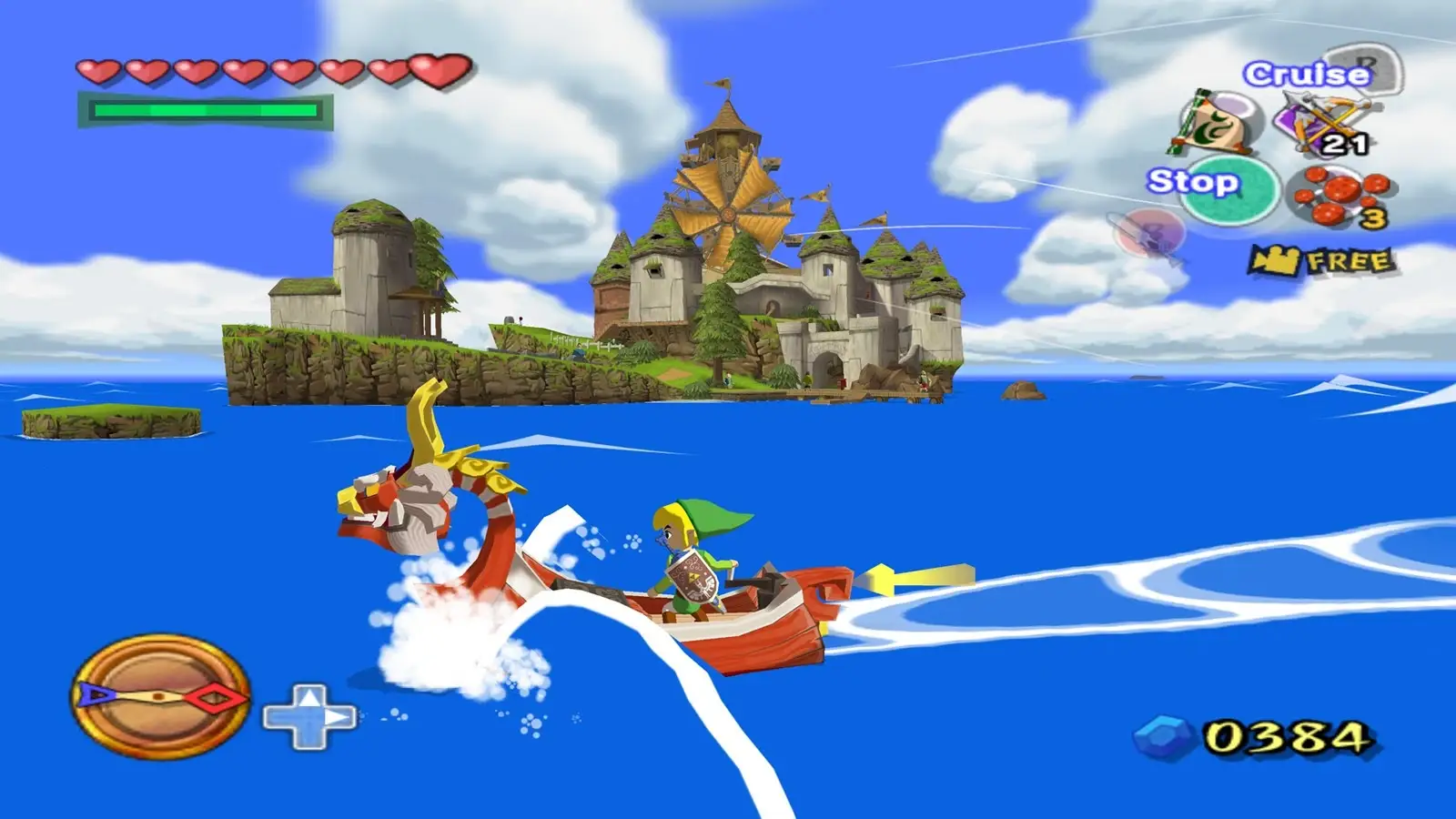

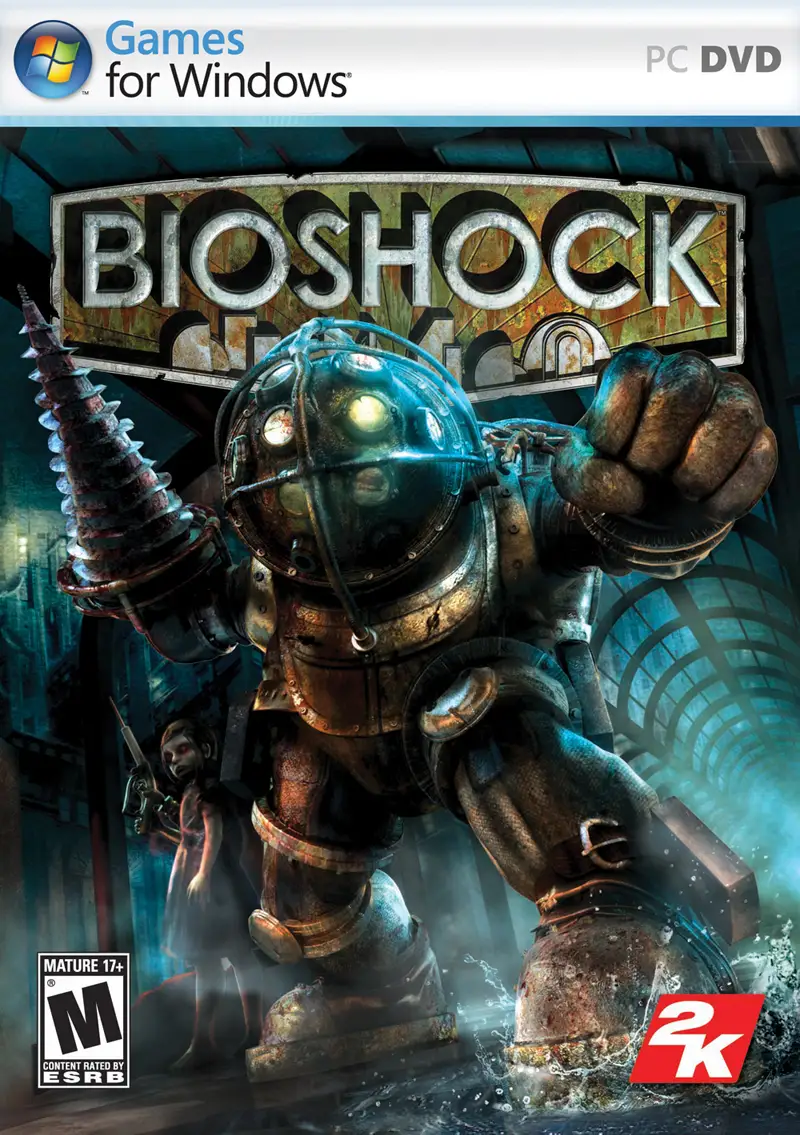




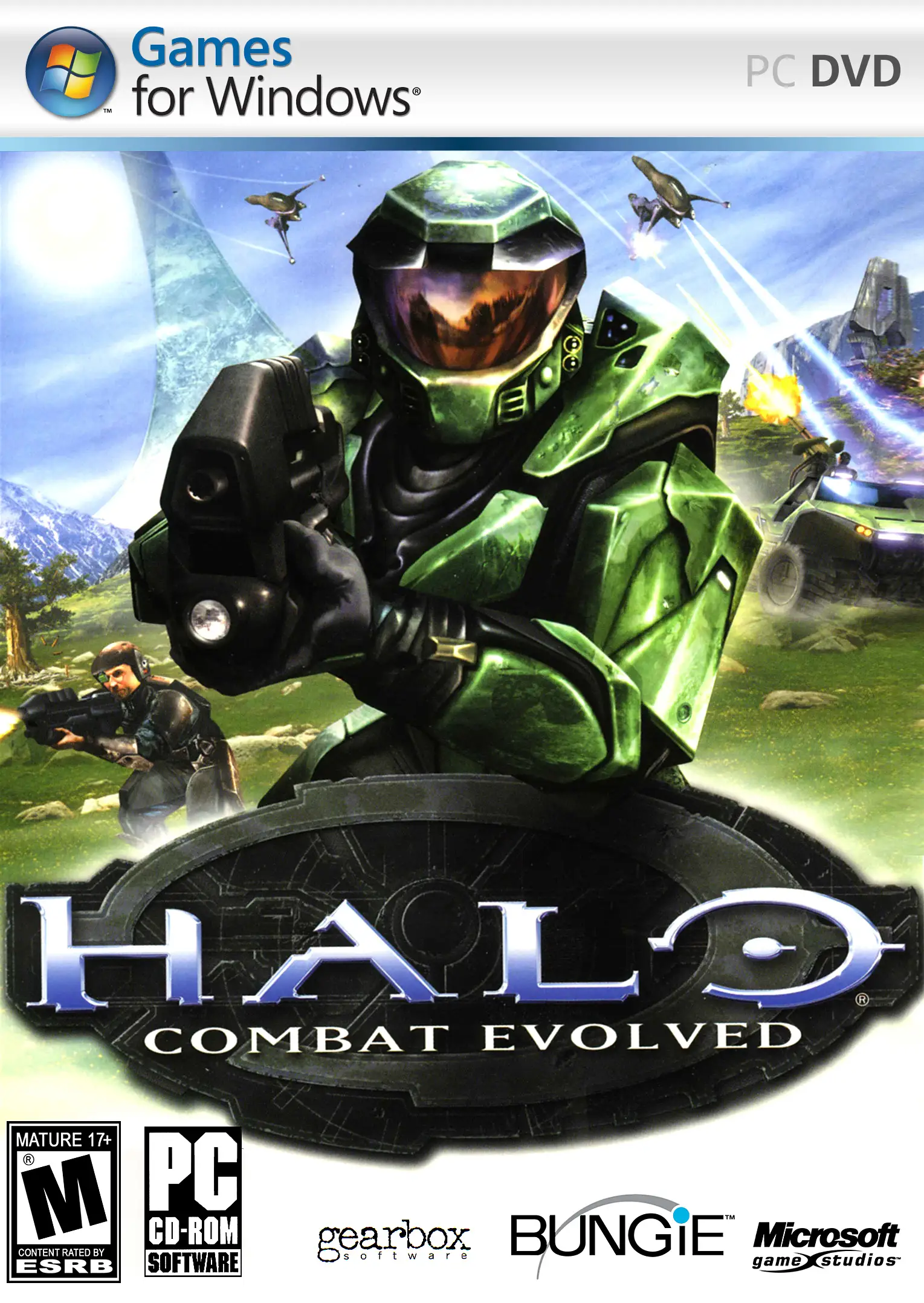
There are no reviews yet.